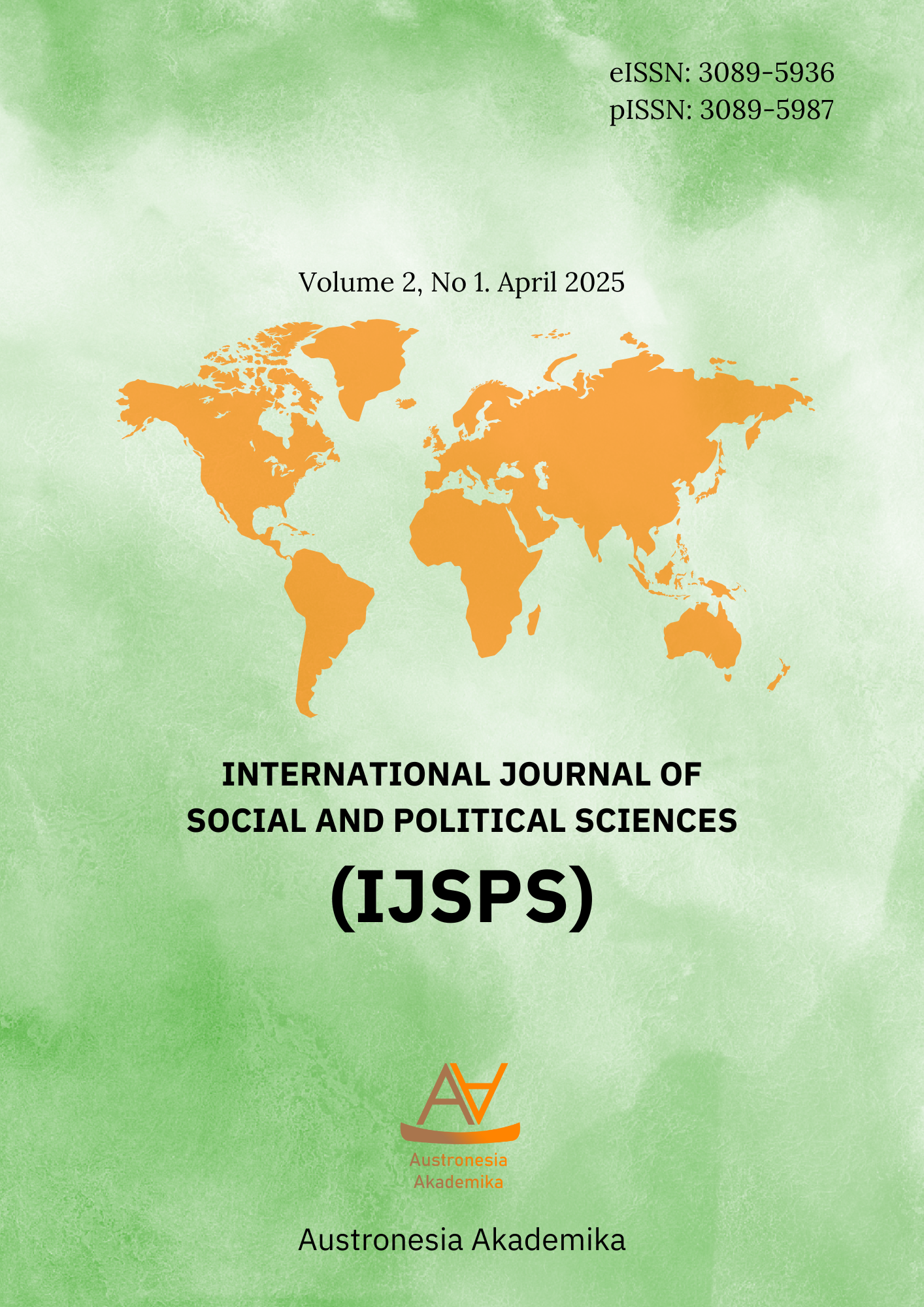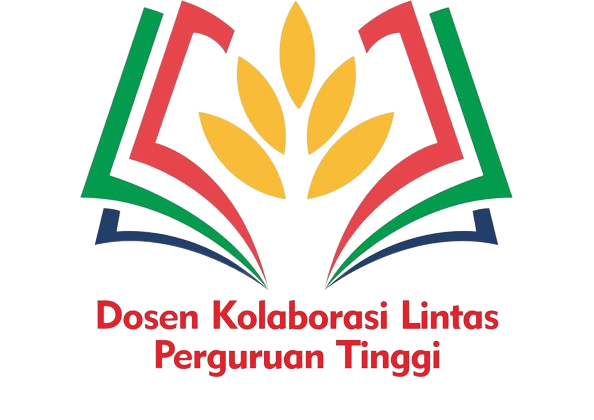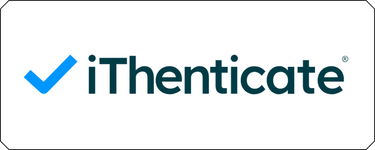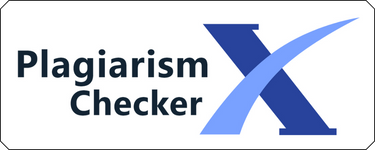SWOT-Based Governance Assessment of BP Batam: Addressing Institutional, Regulatory, and Investment Barriers
DOI:
https://doi.org/10.69812/ijsps.v2i1.100Keywords:
SWOT Analysis, Governance Performance, Public SectorAbstract
As Indonesia intensifies its commitment to evidence-based governance and performance accountability through frameworks like SAKIP, there is growing urgency to evaluate the effectiveness of key institutions such as BP Batam. Positioned as the governing body for a strategic Free Trade Zone, BP Batam is tasked with managing licensing, investment, and asset optimization amidst complex regulatory and environmental challenges. This study investigates BP Batam’s governance performance in 2024, which, despite notable successes in investment realization and public satisfaction, calls for a deeper strategic analysis to assess the sustainability and inclusivity of these outcomes. The purpose of this research is to assess institutional strengths, weaknesses, opportunities, and threats using a SWOT framework in order to provide actionable recommendations for policy refinement and governance enhancement. Employing a qualitative descriptive design, the study analyzes secondary data, including the 2024 LAKIP report and related policy documents, selected through purposive sampling. Data were interpreted using thematic content analysis and SWOT matrix coding. The findings indicate that while BP Batam has surpassed its economic targets, it faces internal challenges such as uneven service quality, limited digital integration, and low stakeholder participation. Externally, overlapping jurisdiction and ecological vulnerabilities pose strategic risks. The conclusion emphasizes the need for digital governance acceleration, stakeholder-centered engagement, and regulatory synchronization to transform BP Batam into a model of inclusive and resilient governance.
Downloads
References
Bowen, G. A. (2009). Document analysis as a qualitative research method. Qualitative Research Journal, 9(2), 27–40. https://doi.org/10.3316/QRJ0902027/FULL/XML
Canaj, K., & Mehmeti, A. (2024). Unveiling drivers and barriers in advancing agricultural wastewater reuse in Southern Italy: A SWOT analysis informed by stakeholder insights. Cleaner Water, 1, 100008. https://doi.org/10.1016/J.CLWAT.2024.100008
Coman, A., & Ronen, B. (2009). Focused SWOT: Diagnosing critical strengths and weaknesses. International Journal of Production Research, 47(20), 5677–5689. https://doi.org/10.1080/00207540802146130
Creswell, J. W., & Poth, C. N. (2016). Qualitative Inquiry and Research Design: Choosing Among Five Approaches. In Sage Publications. Washington DC, United States of America: Sage publications.
Demir, S., Esbah, H., & AKGÜN, A. A. (2016). Quantitative SWOT analysis for prioritizing ecotourism-planning decisions in protected areas: Igneada case. International Journal of Sustainable Development and World Ecology, 23(5), 456–468. https://doi.org/10.1080/13504509.2015.1136709
Denzin, N. K., & Lincoln, Y. S. (2011). Grounded Theory Methods in Social Justice Research. In The SAGE Handbook of Qualitative Research. SAGE Publications. https://books.google.com/books/about/The_SAGE_Handbook_of_Qualitative_Researc.html?hl=id&id=qEiC-_ELYgIC
Ghorbani, A., Raufirad, V., Rafiaani, P., & Azadi, H. (2015). Ecotourism sustainable development strategies using SWOT and QSPM model: A case study of Kaji Namakzar Wetland, South Khorasan Province, Iran. Tourism Management Perspectives, 16, 290–297. https://doi.org/10.1016/j.tmp.2015.09.005
Görener, A., Toker, K., & Uluçay, K. (2012). Application of Combined SWOT and AHP: A Case Study for a Manufacturing Firm. Procedia - Social and Behavioral Sciences, 58, 1525–1534. https://doi.org/10.1016/j.sbspro.2012.09.1139
Gurel, E. (2017). SWOT Analysis: A Theoretical Review. Journal of International Social Research, 10(51), 994–1006. https://doi.org/10.17719/JISR.2017.1832
Imani, R. A. G., Sari, N. P., & Wulandari, S. P. (2024). SWOT Analysis of Indonesian Public Health Policy Using PCA Method. Journal Governance Society , 1(2), 112–121. https://doi.org/10.69812/JGS.V1I2.72
Jeelani, P., & Shah, S. A. (2024). Strategic insights for sustainable tourism development in Kashmir Valley: SWOT and QSPM analysis. Environmental Development, 52, 101092. https://doi.org/10.1016/J.ENVDEV.2024.101092
Kamran, M., Fazal, M. R., & Mudassar, M. (2020). Towards empowerment of the renewable energy sector in Pakistan for sustainable energy evolution: SWOT analysis. Renewable Energy, 146, 543–558. https://doi.org/10.1016/j.renene.2019.06.165
Khosravani, F., Abbasi, E., Choobchian, S., & Jalili Ghazizade, M. (2025). Optimizing food waste management in Tehran: A SWOT analysis and strategic recommendations. Heliyon, 11(4), e42474. https://doi.org/10.1016/J.HELIYON.2025.E42474
Leigh, D. (2010). SWOT Analysis. Handbook of Improving Performance in the Workplace, 2, 115–140. https://doi.org/10.1002/9780470592663.CH24
Longsheng, C., Ali Shah, S. A., Solangi, Y. A., Ahmed, M., & Ali, S. (2022). An integrated SWOT-multi-criteria analysis of implementing sustainable waste-to-energy in Pakistan. Renewable Energy, 195, 1438–1453. https://doi.org/10.1016/j.renene.2022.06.112
Mainali, B., Ngo, H. H., Guo, W. S., Pham, T. T. N., Wang, X. C., & Johnston, A. (2011). SWOT analysis to assist identification of the critical factors for the successful implementation of water reuse schemes. Desalination and Water Treatment, 32(1–3), 297–306. https://doi.org/10.5004/DWT.2011.2714
Michailidis, A., Papadaki-Klavdianou, A., Apostolidou, I., Lorite, I. J., Pereira, F. A., Mirko, H., Buhagiar, J., Shilev, S., Michaelidis, E., Loizou, E., Chatzitheodoridis, F., Restoy, R. C., & Lopez, A. L. (2015). Exploring Treated Wastewater Issues Related to Agriculture in Europe, Employing a Quantitative SWOT Analysis. Procedia Economics and Finance, 33, 367–375. https://doi.org/10.1016/S2212-5671(15)01721-9
Miyagiwa, K. F. (1986). A reconsideration of the welfare economics of a free-trade zone. Journal of International Economics, 21(3–4), 337–350. https://doi.org/10.1016/0022-1996(86)90045-0
Muzwardi, A., & Simbolon, G. (2024). SWOT and PEST analysis in tourism management in Bintan Regency. Indonesian Tourism Journal, 1(1), 82–92. https://doi.org/10.69812/ITJ.V1I1.21
Nagara, G., Lam, W. H., Lee, N. C. H., Othman, F., & Shaaban, M. G. (2015). Comparative SWOT Analysis for Water Solutions in Asia and Africa. Water Resources Management, 29(1), 125–138. https://doi.org/10.1007/S11269-014-0831-8
Nejad, M. A. R. S., Agha, F. N. J., & Zadeh, Y. F. (2017). QSPM Usage in SWOT Analysis as a Tool for Strategic Management of Caspian Sea Coasts (Case Study: Tourism Development in Caspian Eastern Coast at Gilan Province). Journal of Tourism Management Research, 4(1), 1–11. https://doi.org/10.18488/JOURNAL.31/2017.4.1/31.1.1.11
Nilashi, M., Ali Abumalloh, R., Keng-Boon, O., Wei-Han Tan, G., Cham, T. H., & Cheng-Xi Aw, E. (2024). Unlocking sustainable resource management: A comprehensive SWOT and thematic analysis of FinTech with a focus on mineral management. Resources Policy, 92, 105028. https://doi.org/10.1016/J.RESOURPOL.2024.105028
Nilashi, M., Ali Abumalloh, R., Mohd, S., Nurlaili Farhana Syed Azhar, S., Samad, S., Hang Thi, H., Alghamdi, O. A., & Alghamdi, A. (2023). COVID-19 and sustainable development goals: A bibliometric analysis and SWOT analysis in Malaysian context. Telematics and Informatics, 76. https://doi.org/10.1016/j.tele.2022.101923
Pagot, G., & Andrighetto, N. (2024). Fuel for collective action: A SWOT analysis to identify social barriers and drivers for a local woody biomass supply chain in an Italian alpine valley. Heliyon, 10(19). https://doi.org/10.1016/j.heliyon.2024.e38170
Palo, S., Kripalini, P., & Sanghamitra, P. (2020). Situation of labour room documentation at secondary level public health facilities of Cuttack district, Odisha, India – A SWOT analysis. Journal of Family Medicine and Primary Care, 9(7), 3308. https://doi.org/10.4103/JFMPC.JFMPC_376_20
Patton, M. Q. (2002). Qualitative research and evaluation methods. In Qualitative Inquiry (Vol. 3rd). SAGE. https://doi.org/10.2307/330063
Phadermrod, B., Crowder, R. M., & Wills, G. B. (2019). Importance-Performance Analysis based SWOT analysis. International Journal of Information Management, 44, 194–203. https://doi.org/10.1016/j.ijinfomgt.2016.03.009
Puyt, R. W., Lie, F. B., & Wilderom, C. P. M. (2023). The origins of SWOT analysis. Long Range Planning, 56(3). https://doi.org/10.1016/j.lrp.2023.102304
Reihanian, A., Mahmood, N. Z. B., Kahrom, E., & Hin, T. W. (2012). Sustainable tourism development strategy by SWOT analysis: Boujagh National Park, Iran. Tourism Management Perspectives, 4, 223–228. https://doi.org/10.1016/j.tmp.2012.08.005
Samal, R., & Dash, M. (2025). From strengths to strategies: Mapping the sustainable path for ecotourism in Chilika wetland through SWOT-QSPM analysis. Journal for Nature Conservation, 84. https://doi.org/10.1016/j.jnc.2024.126817
Srivastava, P. K., Kulshreshtha, K., Mohanty, C. S., Pushpangadan, P., & Singh, A. (2005). Stakeholder-based SWOT analysis for successful municipal solid waste management in Lucknow, India. Waste Management, 25(5), 531–537. https://doi.org/10.1016/j.wasman.2004.08.010
Syuzairi, M., Akhirman, A., Febriand Adel, J., Jalal, A., Wulandari, K., & Studi Akuntansi, P. (2024). Analisis SWOT Pemberdayaan Kelompok Sadar Wisata Di Desa Benan Kabupaten Lingga. Khidmat: Journal of Community Service, 1(1), 1–12. https://doi.org/10.31629/KHIDMAT.V1I1.6970
Waheed, A., Kousar, S., Khan, M. I., & Fischer, T. B. (2025). Expert perceptions on CPEC sustainability appraisal: SWOT analysis for informed policy decisions. Environmental Science & Policy, 164, 104009. https://doi.org/10.1016/J.ENVSCI.2025.104009
Downloads
Published
How to Cite
Issue
Section
License
Copyright (c) 2024 Yudithia Yudithia, Wahyo Yuniartoto, Suryahadi Suryahadi, Augusto Soares, Luh Komang Candra Dewi

This work is licensed under a Creative Commons Attribution-ShareAlike 4.0 International License.
You are free to:
- Share — copy and redistribute the material in any medium or format for any purpose, even commercially.
- Adapt — remix, transform, and build upon the material for any purpose, even commercially.
- The licensor cannot revoke these freedoms as long as you follow the license terms.
Under the following terms:
- Attribution — You must give appropriate credit, provide a link to the license, and indicate if changes were made . You may do so in any reasonable manner, but not in any way that suggests the licensor endorses you or your use.
- ShareAlike — If you remix, transform, or build upon the material, you must distribute your contributions under the same license as the original.
- No additional restrictions — You may not apply legal terms or technological measures that legally restrict others from doing anything the license permits.













